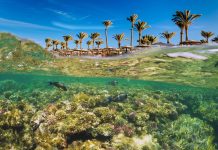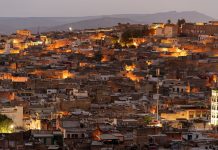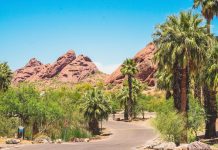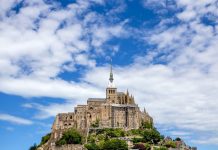For those of you wondering about it, here are the best spots you can see in Venice!
Palazzo Ducale
The Palazzo Ducale (Doge‘s Palace) was built in the mid 14th century, using the standards of Gothic architecture, and it is one of the top attractions that are impossible to miss. It served as the residence of the Doge (from the Latin dux, meaning the elected head of state) and in 1923 it was converted into a museum. The halls are sure to amaze you and the largest is that of the Great Council or Sala del Maggior Consiglio, which impresses with its frescoes and ceiling paintings and intricate style. There, you can see the enormous Paradise by Tintoretto, which is one of the greatest paintings in the world.
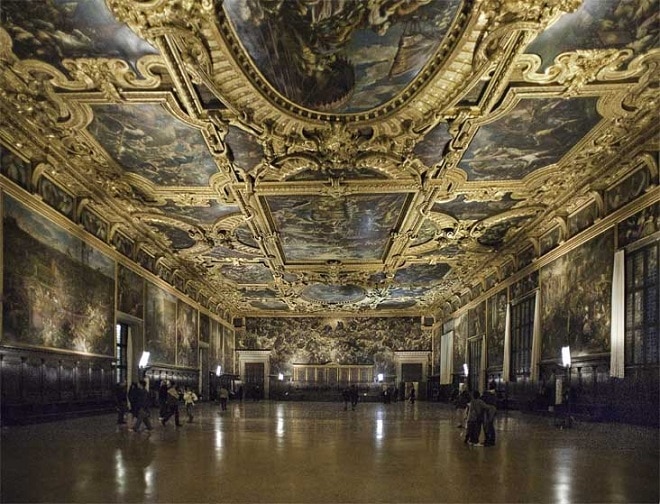
Palace Museum and Ca ‘Rezzonico
Major artists (Tiepolo, Tintoretto and Longhi) have put their signature on the decoration of the rooms of this magnificent Venetian palace, near Campo San Barnaba, which currently acts as the Museum of the 18th century of Venice. Today, on its interior, the rich renaissance collection has been enriched so much (with additions of paintings and works of art from every museums) that is truly the home of Renaissance Art. Note that if you walk to the Ca ‘Rezzonico in Campo San Barnaba, you will find a small quiet garden away from the noisy tourist places.
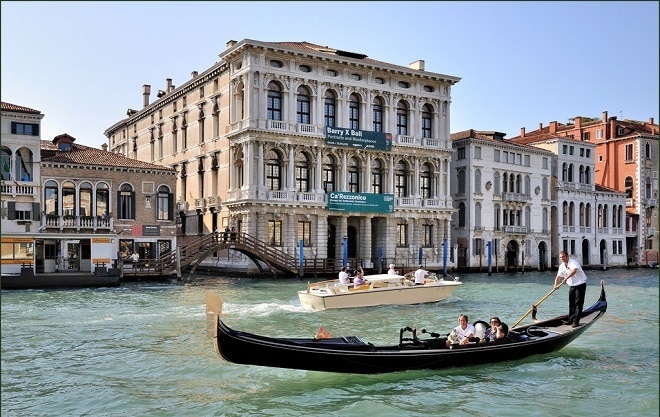
The clock tower
Located in Piazza di San Marco and built by the Ranieri brothers in the late 15th century. It was originally designed to show the mariners of the tides and the months that would be favorable to sail. It has Roman numerals, moon phases and zodiac signs (made of enamel and gold). According to a legend, when the clock was completed, the inventors of this complicated mechanism were blinded, to avoid the creation of a copy. At the top of the clock there are two bronze figures, known as Mori (Moors).
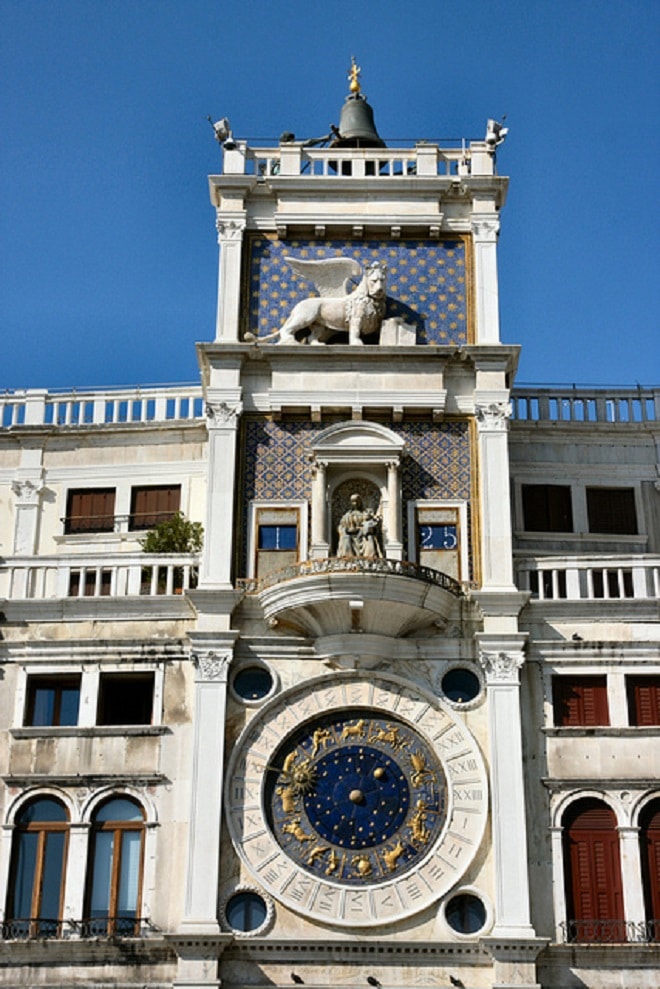
Ca ‘d’ Oro
Known as the Golden House, it is a representative model of Gothic architecture in the Grand Canal, which now houses the Renaissance sculptures and paintings by Tiziano and Guardi. The painting San Sebastiano by Andrea Mantegna is prominent. The view of the Grand Canal from the balconies will make you spontaneously take out your camera countless times!
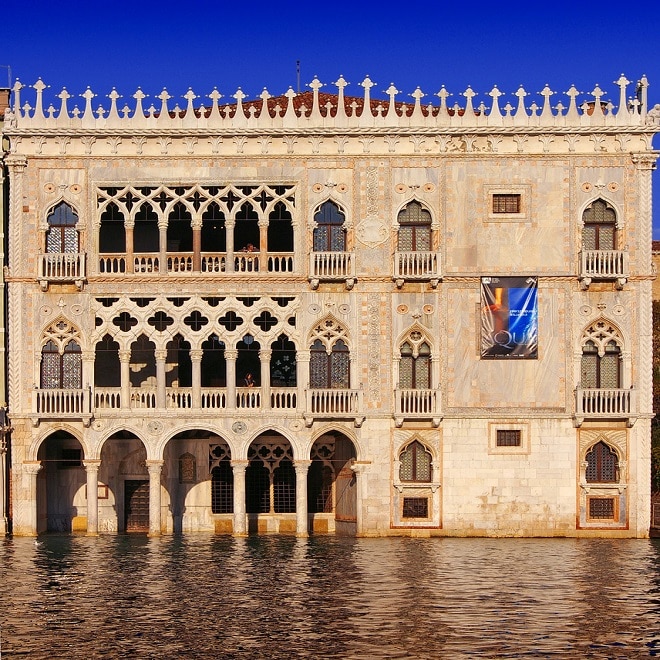
Canal Grande
The Grand Canal, also known as canalazzo, is the main axis of aquatic of moving around. With a length of 3.8 km, a width of 30-90 m, a depth of about 5 m and sigmoid route, it starts from the basin of San Marco and ends up in a lake near the train station of Saint Lucia. During the journey on the banks, you are surrounded by a total of about 170 buildings that belonged mainly to wealthy families of Venice (like Ca ‘d’ Oro and the palazzo Ca ‘da Mosto of the 13th century). Transportation on the channel is done by private boats from the vaporetti (water buses, with around 20 stops), water taxis and the famous gondolas.
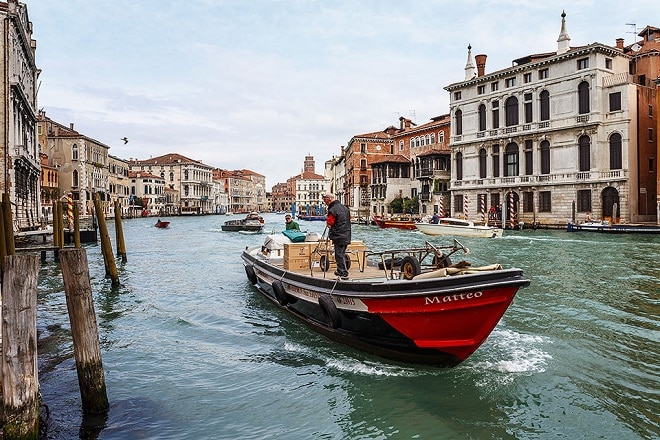
Basilica di San Marco and the Piazza
The original church was designed to house the relics of St. Mark the Evangelist. After a fire and two constructions, the eponymous basilica became a symbol of power and wealth of the city and served as the chapel of the Doge staff until 1807, when it became the cathedral. The four horses and mosaics are famous around the world, while the architecture contributed has interactively both east and west features. On its precinct, the Piazza di San Marco was the center of many major religious and political events. You can find many major city attractions nearby, such as the Doge’s Palace and the Bell Tower (with a lift that has the capacity of carrying 14 people to the top and 5 bells that were used for a different reason each). The Piazza San Marco is seriously affected annually by the Acqua Alta (tide).
Venice photos by: rosario sanguedolce, francois de nordest, horsam_snaps, kb, antonio violi, aka gerald
For more on Venice check: The festival of the Redeemer in Venice, Breathtaking Italian landscapes and how to see them



